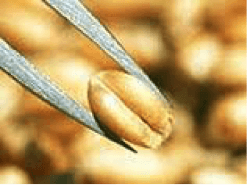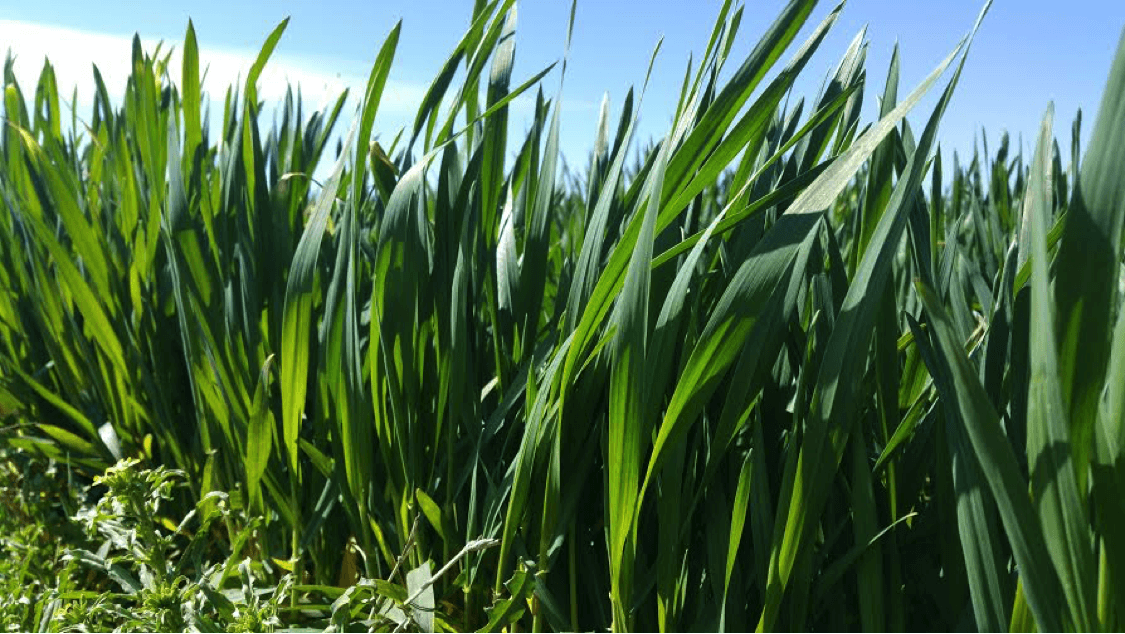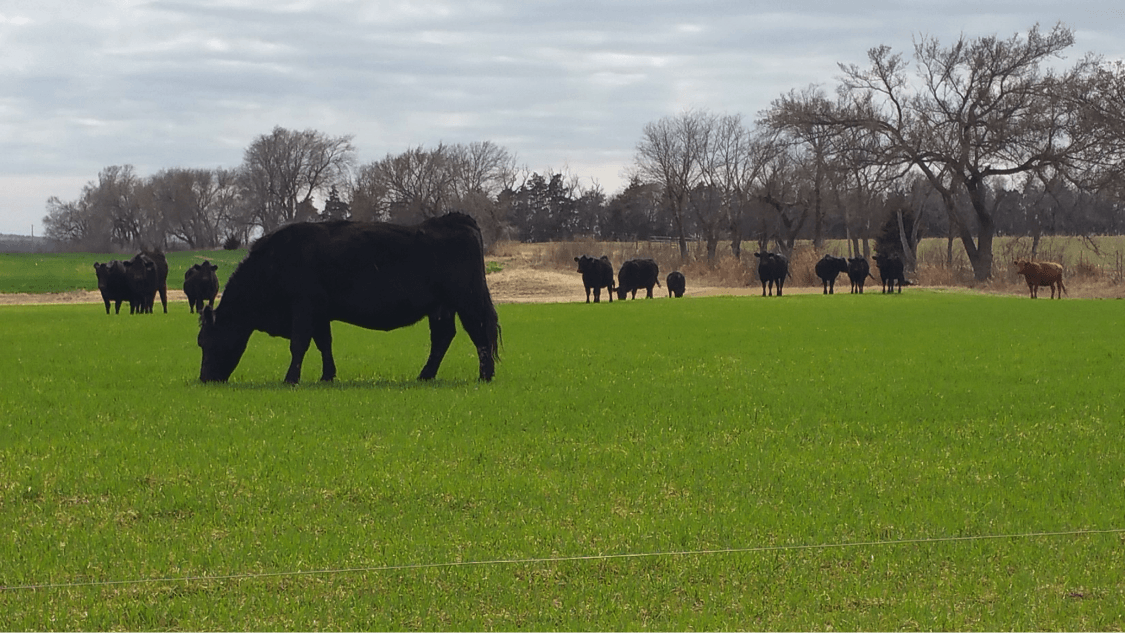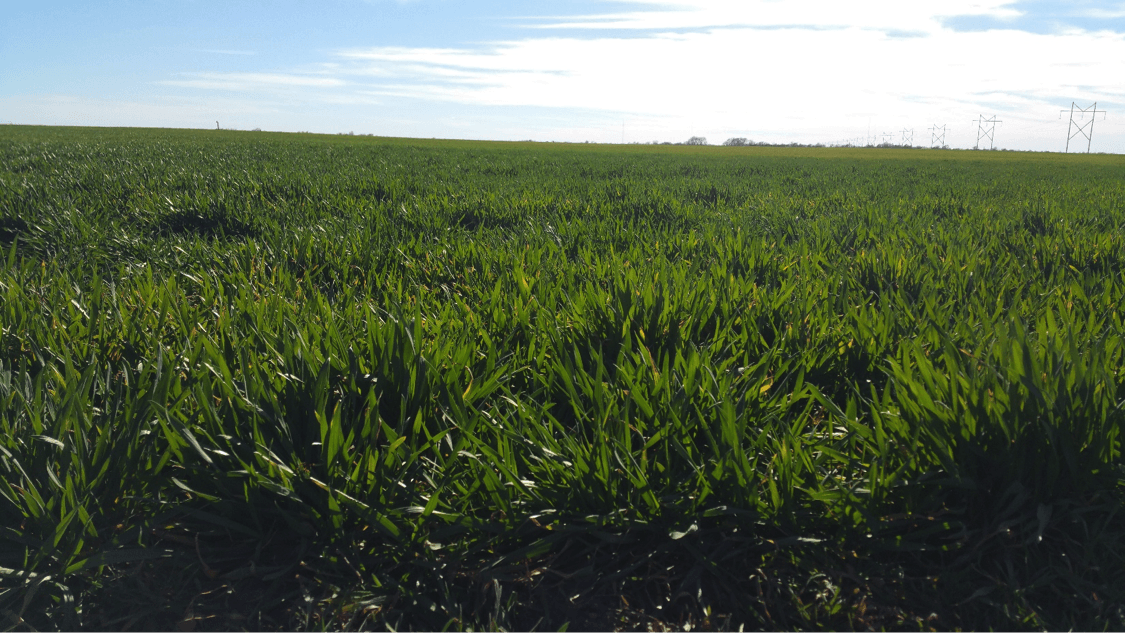 Long before Kansas became “The Wheat State” of the U.S., man had become dependent upon the wheat plant for himself and his beast for thousands of years. As a matter of fact, a kernel of grain contains everything to support a whole life. Carbohydrates, minerals, protein – it’s all locked up real tight. Nutritionists far and wide agree: the kernel of wheat is a storehouse of nutrients essential to the human diet.
Long before Kansas became “The Wheat State” of the U.S., man had become dependent upon the wheat plant for himself and his beast for thousands of years. As a matter of fact, a kernel of grain contains everything to support a whole life. Carbohydrates, minerals, protein – it’s all locked up real tight. Nutritionists far and wide agree: the kernel of wheat is a storehouse of nutrients essential to the human diet.
Modern Uses for Wheat
Much of the wheat used for livestock is a by-product of the flour milling industry. Wheat straw is used for livestock bedding. Green forage may be grazed by livestock or used as hay or silage.
Industrial uses of wheat grain include paste, alcohol, oil, and gluten. The straw may be used for newsprint, paperboard, and other by product.
Kansas Wheat, by the Numbers
Wheat originated 9,000 years ago in southwestern Asia, and was first grown in the United States in 1602 on an island off Massachusetts coast. Stores of Kansas wheat is higher than any other state, and is number one in flour milling in the United States. Here are THREE types of wheat produced in the United States:
- Hard Red Winter which is used for yeast breads and rolls
- Soft Red Winter which is used for flat breads, cakes, pastries, and crackers.
- Hard White is used for yeast breads, hard rolls and tortillas and noodles.
A bushel of wheat weighs 60 lbs and makes about 90 one-pound loaves of whole wheat bread.
Kansas produces 3 of the 6 classes of wheat grown in the United States.
Kansas is responsible for producing 40% of U.S. Hard Red Winter wheat.
Stay Tuned
Have you visited the Old Oxford Mill in Oxford, Kansas? We’ll be featuring the popular site next week and will be exploring food items in the Food Circle for months to come. Explore with us! Subscribe to the official ICT Food Circle email newsletter for features and event announcements to come.
This article’s primary source is: http://agron-www.agron.iastate.edu/
Photo credit: Melissa LeBrun



